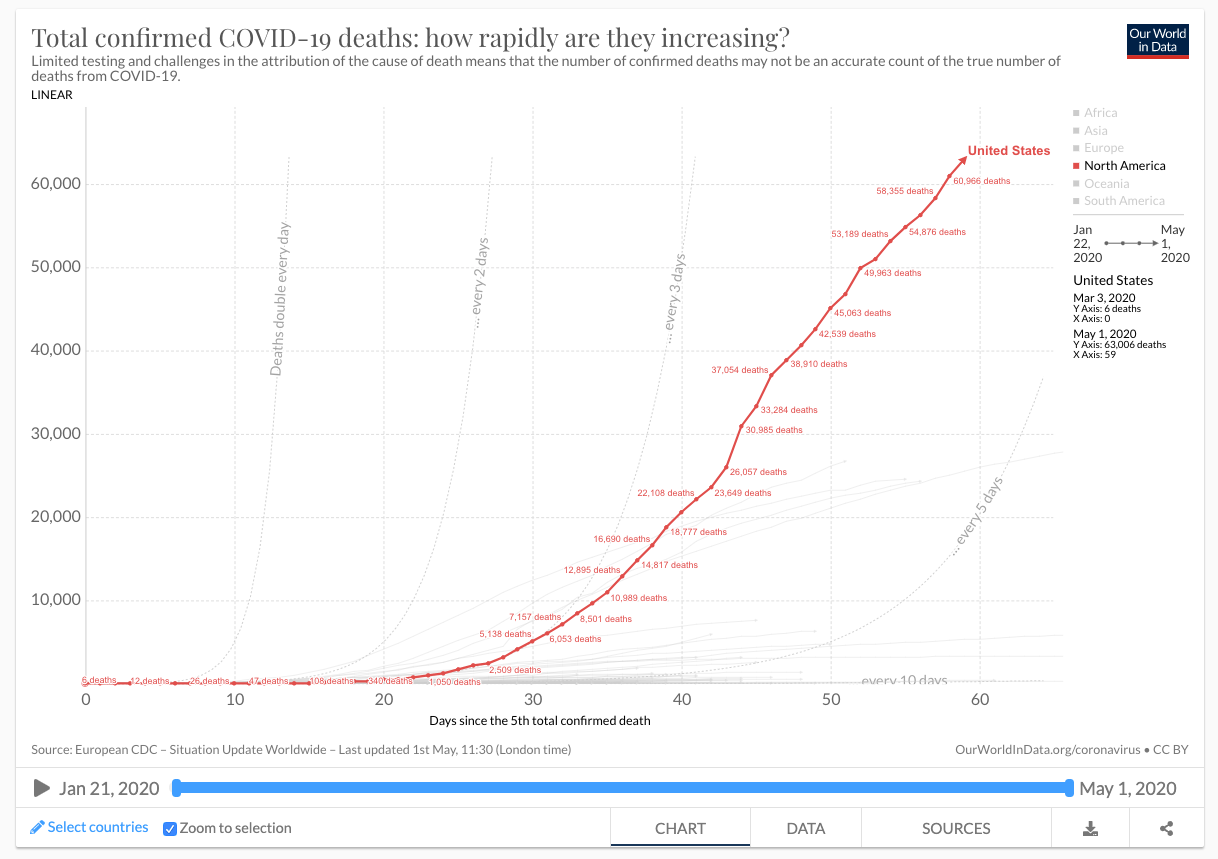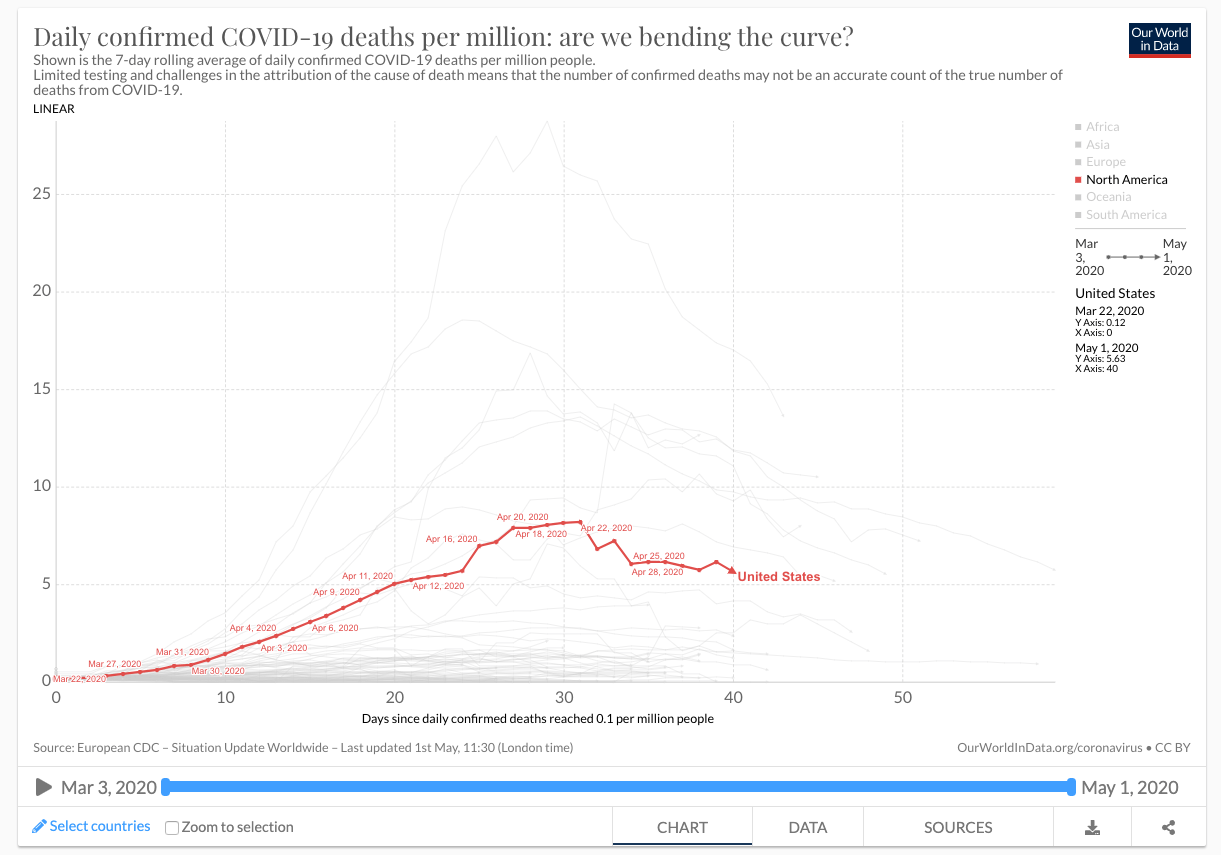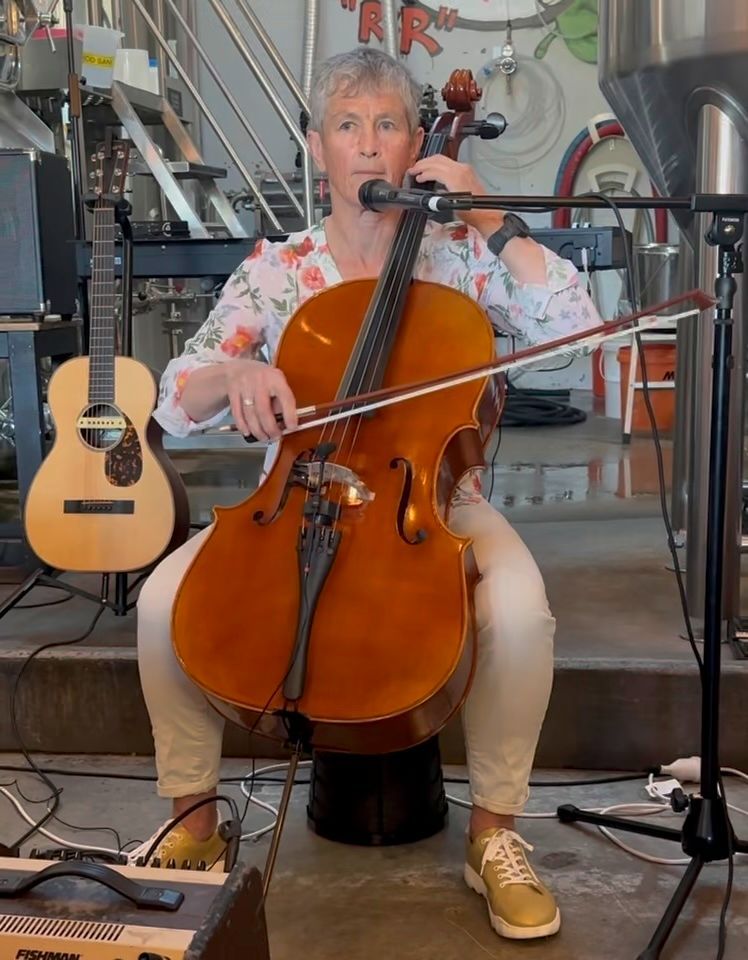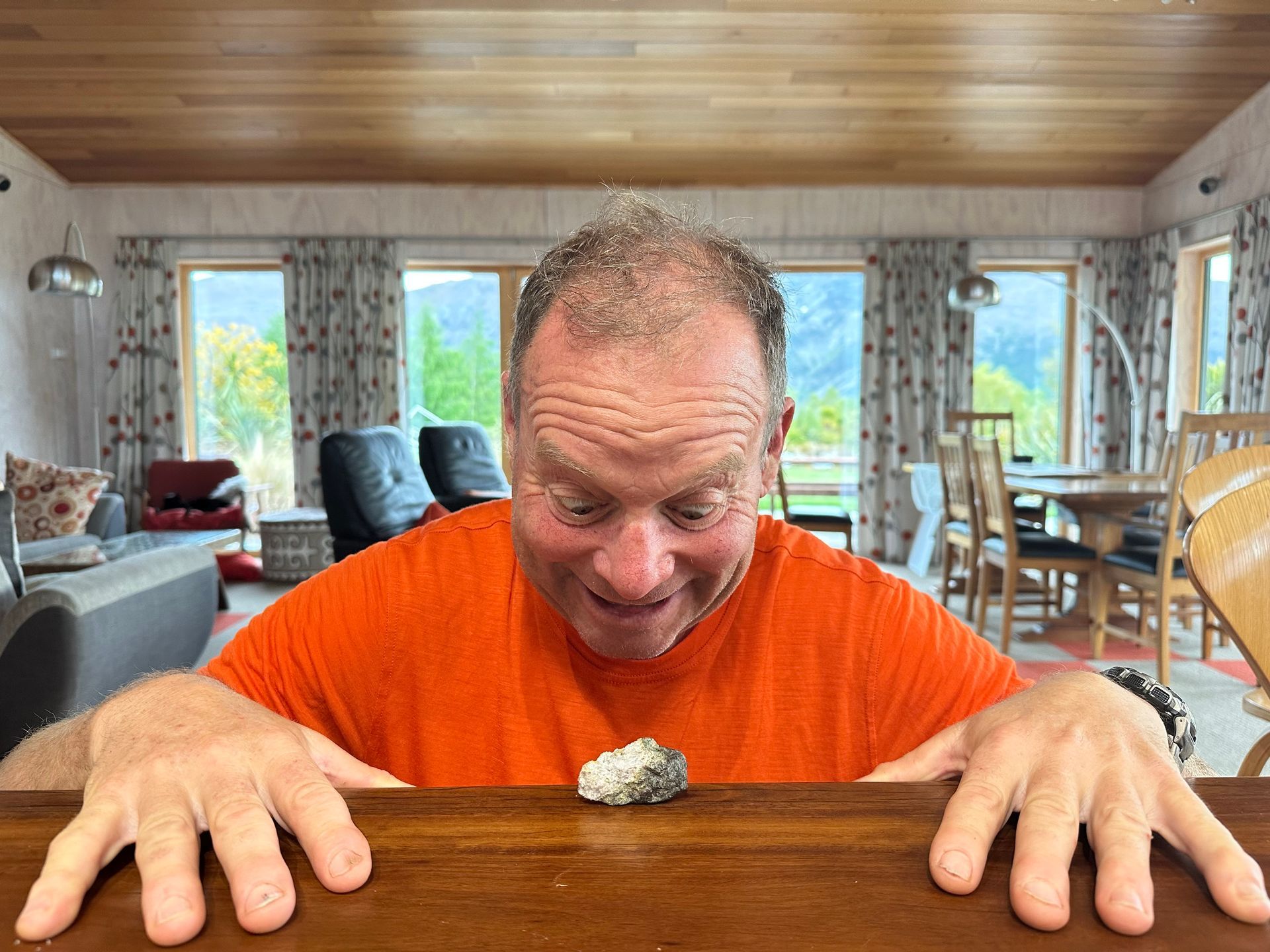Comparing lockdowns
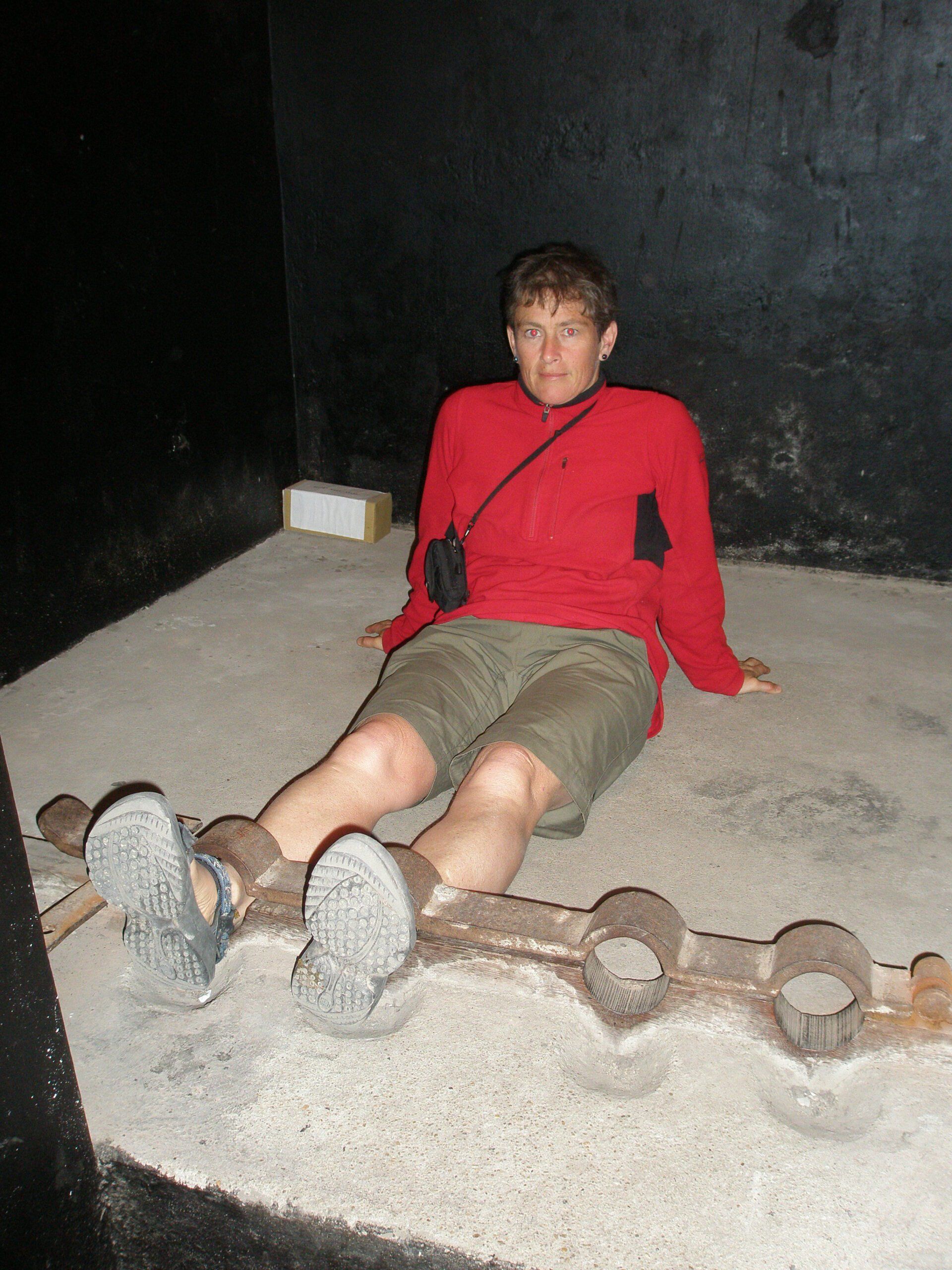
However bad lockdown has seemed, it isn't a patch on the experiences of those kept in this central Hanoi prison, Vietnam, where the French imprisoned political prisoners. Prisoners had their legs fastened and sat or lay on a slope running downhill from their legs. There were no toilet facilities, so their waste ran past their heads.
It is hard to imagine surviving long in these conditions as compared to a lockdown with internet and, now, takeaways.
We slog on in Level 3 style, while many countries talk about reducing COVID-19 related restrictions on its populations – how much, how fast? China was the lockdown model, they locked down Hubei Province from January 23rd to April 8th to control the spread of COVID-19, and many countries followed that lead as COVID-19 cases spread in their jurisdictions. As a result, much of the world was kept in its homes through much of March and April (with the exception of Indonesia, Japan, Malawi, Nicaragua, Sweden, South Korea). Hearing about the restrictions in other countries makes me realise that although New Zealand thinks it has been doing lockdown hard, it could have been even worse.
In South Africa, they locked down on March 26th, like New Zealand. However, while New Zealanders were debating whether they could swim or surf and how far from their houses they could cycle or walk, South Africans (other than essential service workers) could only leave their houses to shop for food, attend small funerals and access health services. No exercising for South Africans, and no vice either – no alcohol or cigarettes are allowed to be sold in their Level 5 or Level 4 (their 5 level system was devised after their initial lockdown)! On May 1st South Africans moved to Level 4, which allows them to exercise outside their homes (wearing face masks), but only between 6 and 9am. There remains a complete curfew from 8pm to 5am. A Johannesburg blogger commented on how excited she felt being able to go outside and walk around her suburb. Part of her blog is to name a worthy cause to which to donate each day. It has made me feel quite sad when I have read that, on some days, her donation is to leave food outside her house because she knows that some needy person will walk by and happily take it.
Interestingly, one of the main variations in lockdowns seems to have been the degree of restriction of exercise. In Hubei and Spain no exercise was allowed, in France people were only allowed to walk once a day and for one hour only and New Zealand restricted Level 4 exercise to being in your own location, accessed from your house, and on foot or bicycle only.
In Panama and Peru, lockdown outings were controlled by your sex and passport number. The Panama rules required that only women went out on Mondays, Wednesday and Fridays, only men on Tuesdays, Thursdays and Saturdays and no-one could go out on Sundays (Peru had men and women going out on the opposite sets of days). The time you could go out was determined by the last digit of your passport number – you could go out for an hour e.g. if your passport number ended in ‘7’ you could go out 6.30-7.30am.
Israel has also severely restricted movement of citizens from March 25th, with people not being able to go further than 100m from their houses except for essential services work, acquiring food and medicine and medical treatment. People are also allowed to go out to attend demonstrations. In addition, for 7 days the city of Bnei Brak didn’t allow people to move from their homes at all, given the density of COVID-19 cases there. From April 12th, everyone must cover their nose and mouth when leaving their homes. A number of countries are requiring this, although the World Health Organisation still questions the efficacy of face masks for protecting healthy individuals from catching COVID-19.
As countries consider they are coming out the other side of their coronavirus infection curves they are reducing their restrictions and freeing up economic activity. The entire world is concerned about the effect of lockdown on country’s economies. It is interesting to see reports that Sweden’s economy is going to be significantly affected , despite there being no formal lockdown. In Spain construction and manufacturing workers returned April 13th and their general lockdown ended April 26th, Denmark opened schools April 15th and a number of business April 27th, Italy allowed some retail and forestry on April 14th and will end lockdown on May 3rd, France will phase out lockdown from May 11th, Spain from May 4th, Belgium from May 11th. Thailand will start to exit lockdown on May 3rd, Indians may be allowed out of their houses from the same day, Malaysia will reopen the majority of businesses on May 4th. Some countries have not set an end to their lockdowns, including the United Kingdom and Russia.
A stand-out country in a number of regards is the United States of America, which remains quite un-united in its approach to COVID-19 and does not look like it is yet getting on top of COVID-19.
The response in the USA has been patchy – on March 16 Trump announced ’15 Days to Slow the Spread’. In the second half of March, some states ordered businesses to close and people to stay inside, including New York and California, with about 90% of the country’s population being in some form of lockdown by April 2nd. Trump suggested that restrictions could be lifted by Easter (April 12th), but extended this till the end of April on March 29th, when it became obvious that COVID-19 was still on the increase. By late April, the pressure increased to remove economic and personal restrictions and Trump released a three phase advisory plan for states to follow, ‘Opening Up America Again’ and has variably encouraged and discouraged reopening, while emphasising that the economy must continue. He continues to evade criticism that he predicted zero cases by 1 May – I heard one interview in which he countered that ‘There will be zero cases at some point’. To many other countries, the USA reduction of restrictions seems premature given a lack of testing capability at scale, and given the current numbers of cases and deaths. This is another example of experimentation in the COVID-19 pandemic, and an example that might be preferable to watch rather than participate in.
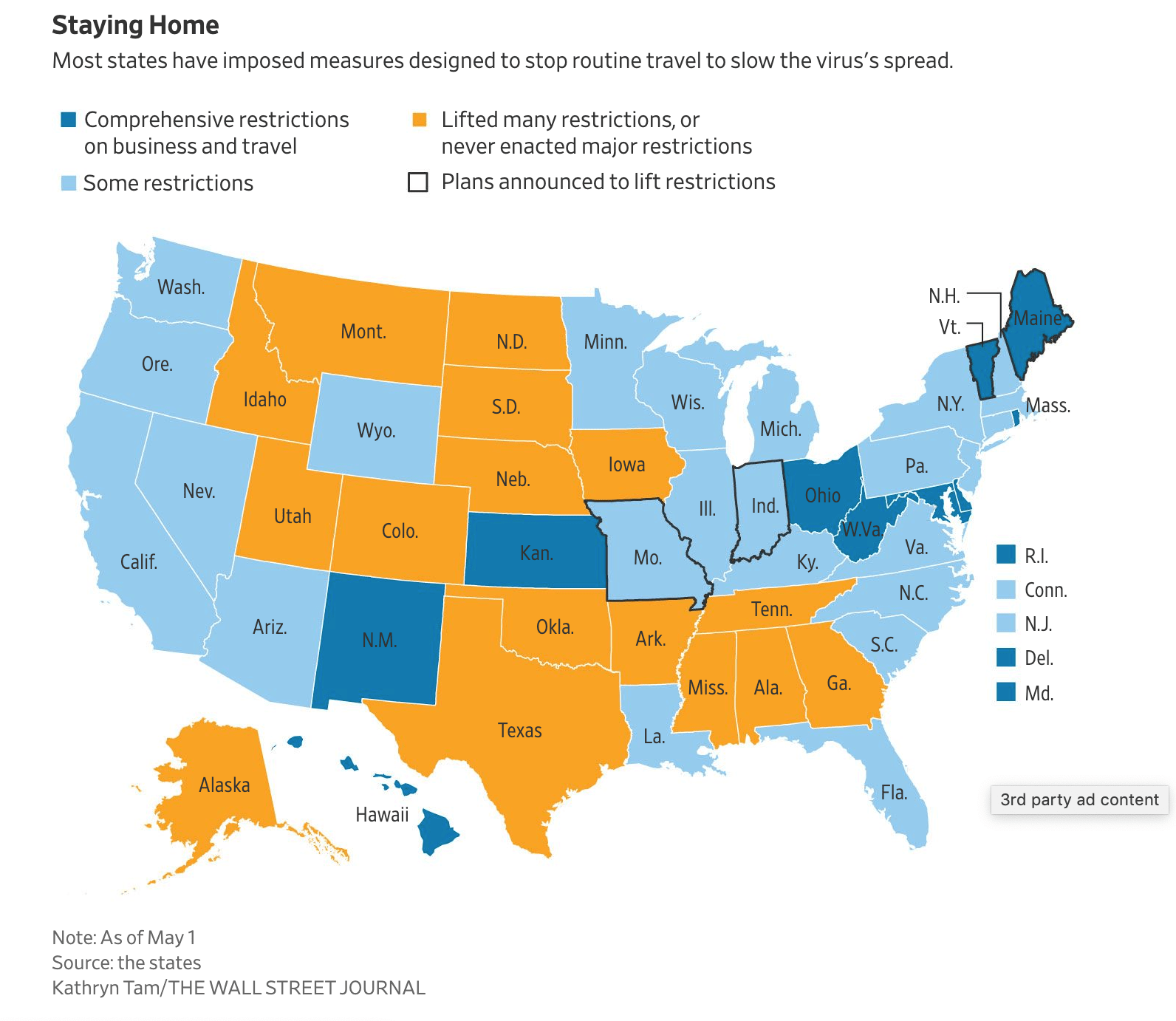
What everyone is watching is whether there will be a second wave of infections where restrictions are reduced. Hong Kong, Singapore and Taiwan have all had to itighten up again, when a second wave of infections has threatened. All these countries blame their increases on imported cases, therefore New Zealand won’t have a similar problem in the foreseeable future given that we are putting all arrivals into a strict 2 week quarantine. For New Zealand the question remains, have we really got on top of our infections, thus preventing the need for alternate loosening and tightening of restrictions? We only have an initial two weeks in Level 3, which doesn’t seem like a long enough time to know the answer. So we continue to continue, in what does seem like a very strange and temporary new normal.


